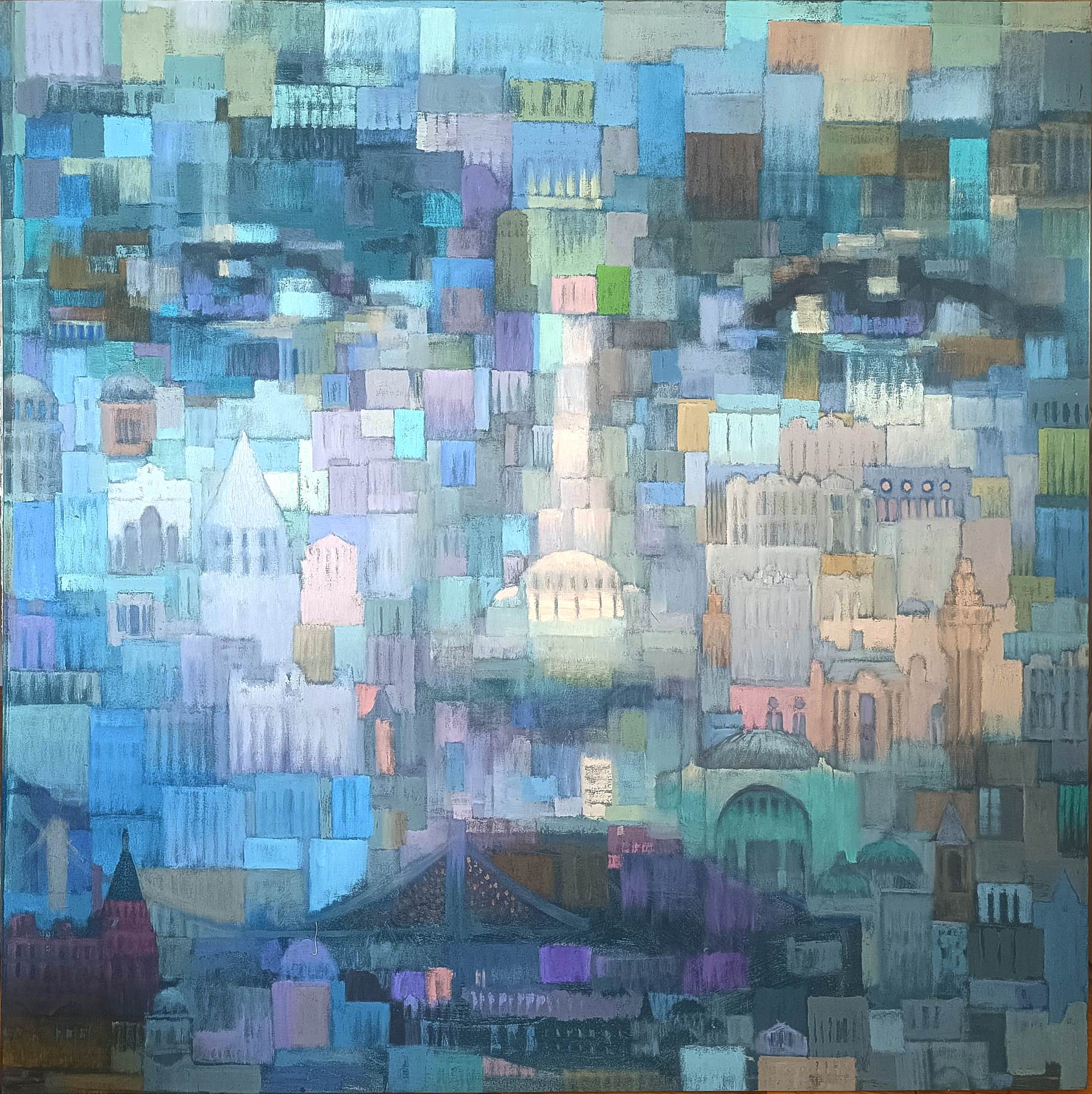Italy has reached an important benchmark on its path towards Expo 2020 Dubai with an extraordinary event that unveiled the Pavilion, now completed in its external structure and roofed with three boat hulls that form a record-size Tricolour flag.

The event was attended by the Minister of Foreign Affairs and International Cooperation, Luigi Di Maio, the United Arab Emirates’ Minister of State for Tolerance, Ahayan Mabarak Al Nahayan, the Minister of State for International Cooperation and Managing Director for Expo Dubai Reem Al Hashimy, and the Minister for Culture and Youth, Noura Al Kaabi, and was followed by a ceremony at the site of the innovative structure hosting the presentation of the most accurate re-production of Michelangelo’s David ever made as the centrepiece of the Pavilion’s Theatre of Memory.

A little more than five months ahead of the opening of the first Universal Expo to ever take place in the Arab world scheduled for the 1st of October, the Italy Pavilion presented a preview of the three upside-down green, white and red hulls – produced with the contribution of Fincantieri and painted with colours by Boero – that form its roof, giving shape to the largest tricolour flag ever made in the history of our Country.
Alongside Minister Di Maio, the event was also attended by the Mayor of Florence, Dario Nardella, the Italian Commissioner for Expo Dubai, Paolo Glisenti, the designers of the Pavilion, Carlo Ratti and Italo Rota, and its Art Director, Davide Rampello.

Other attendees at the event included Cecilie Hollberg, Director of the Galleria dell’Accademia of Florence that houses the original of Michelangelo’s David, and Professor Grazia Tuccifrom the University of Florence and project leader of the re-production of Michelangelo’s masterpiece, in addition to the representatives of Hexagon and O.T.I.M., the two companies respectively in charge of digitizing and of transporting the sculpture from Florence to Dubai. Ferrarelle provided the material to produce part of the sculpture, which was obtained from recycling the water bottles recovered from the environment, thus contributing to converting waste into a resource in compliance with the leading principles of the circular economy.



